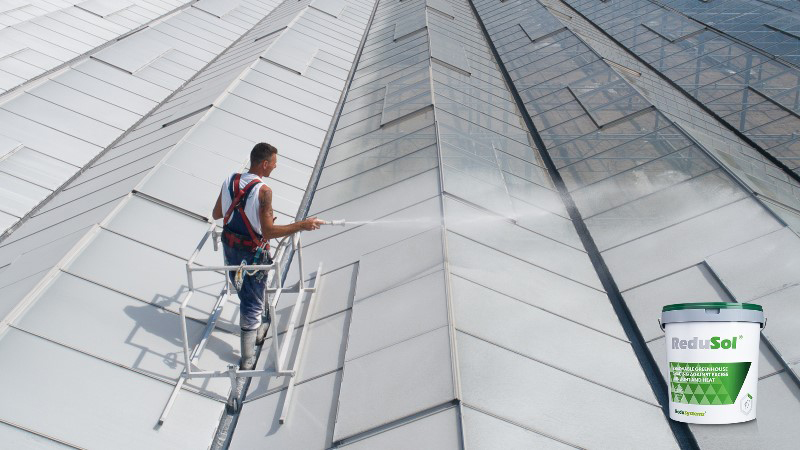What’s In Your Soil? Find Out by Testing It
Fertilization programs have historically been simplistic, focusing primarily on N-P-K, with calcium for acidic soils. It’s all applied before or at the beginning of the season with most of them running out just when the crop starts to really need them. Then later-on during the season, typically nitrogen is applied to boost crop growth and yields.
With research on soil testing having begun in the early 1800s, the concept is hardly new. Yet many still consider the costs and trouble to be unnecessary.
Now, with the spiraling costs of fertilizers and consciousness of pollution of waterways and other environmental factors, you may be compelled to achieve maximum efficiency from fertilizer and to minimize waste, especially into the environment. Soil tests are the obvious way to start growing smart.
We spoke with one of the top plant sap, soil, and irrigation water quality consulting experts in the country, Noel Garcia, Certified Crop Adviser (CCA), Senior Consultant and COO of TPS Lab in Edinburg, TX, to better understand when to test and what tests are most appropriate. Learn more in the latest edition in Meister Media Worldwide’s Global Insight Series, which focuses on soil health. Read the latest report here, or check out the previous reports in Meister’s Global Insight Series covering a range of topics from Biological Crop Protection to Irrigation Innovations to Agricultural Technology.










